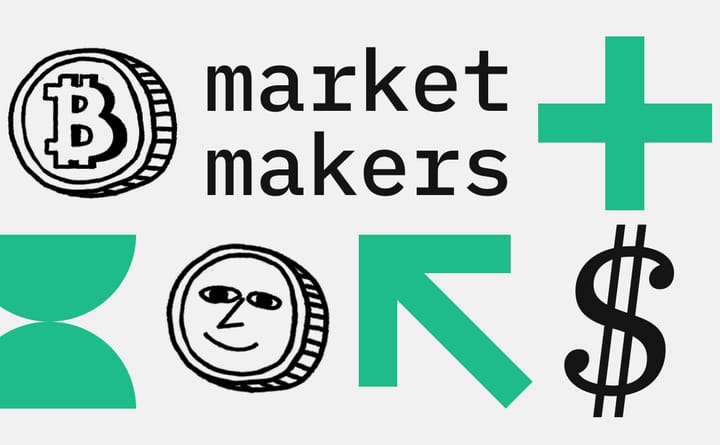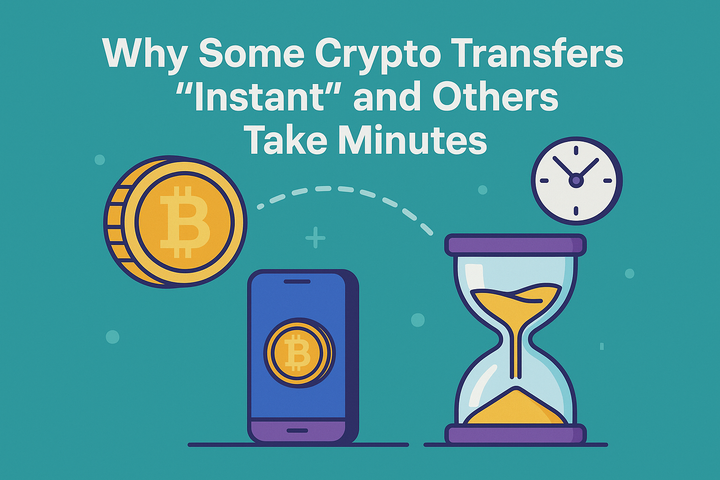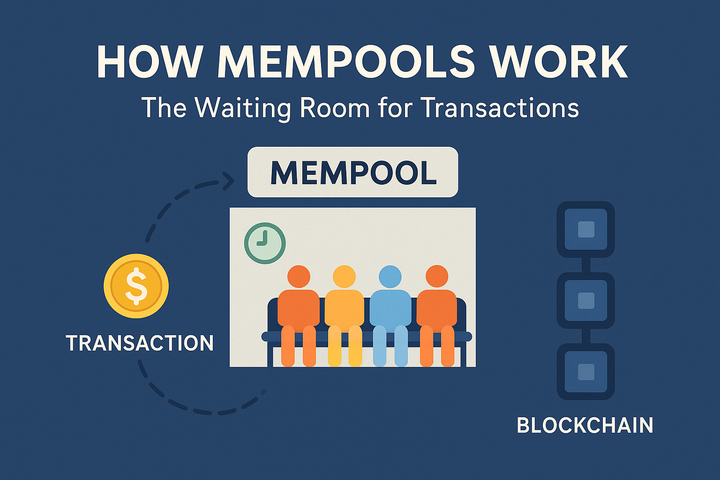Why Custom Blockchains Are the New Trend of 2025: From L2 to AppChains

Just yesterday, the entire Web3 was building DeFi protocols on Ethereum. Today, more and more projects are leaving the common Layer 1 and Layer 2 platforms. A fresh paradigm is replacing “one blockchain for everyone”: AppChains — custom blockchains tailored for one specific application. It’s not just about technology. It’s about control, economics, and the future of Web3.
What’s the point of AppChain?
AppChain (Application-Specific Blockchain) is an independent chain created specifically for the needs of one project: be it a DeFi protocol, a game, a marketplace, or a fintech application. Instead of fighting for a place in the Ethereum or Solana mempool, AppChain lives its own life: its own consensus, rules, fees, bridges, and security.

Why is it becoming mainstream?
Scalability
One blockchain — one task. No congestion, no disputes over resources. Bandwidth can be optimized for a specific case.
Control
The project no longer needs to rely on third-party validators or forks of other protocols. Everything is customized: from gas to staking mechanics.
Economy
You no longer need to pay a fee to the "parent" network. Everything stays inside AppChain. Commissions, rewards, tokenomics are completely custom.
Custom security
Do you want zk-rollup? Or white-listed validators? Or a private network with TEE? In AppChain, you choose yourself.
Web3 as a service
With the emergence of projects such as Celestia, Fluent, Caldera, Dymension, launching your own blockchain is a matter of days, not months. It's like Heroku or AWS, but for blockchains.

Who's in the game?
1. dYdX — left Ethereum and built his own blockchain on Cosmos.
2. Celestia — offers a data availability layer for independent rollups.
3. Fluent — makes a rollup constructor for corporate Web3.
4. Arbitrum Orbit and OP Stack — frameworks for launching your own L2 based on Arbitrum and Optimism.
5. Berachain, Eclipse, Monad — new L1, where everything is tailored to custom ecosystems.
What does this mean for Web3?
We are moving away from monolithic blockchains. They are being replaced by tens, hundreds and thousands of AppChains, each of which is like a microservice in a large Web3 architecture. This is a step towards true modularity. Towards a world where each project is not just a dApp, but a full-fledged economy.
Leading AppChain Platforms and Their Features
|
Platform |
Type |
Execution Layer |
Key Features |
Target Use Cases |
|
Fluent |
Rollup
Constructor |
EVM /
Modular |
zk-proof
messaging, KYC modules, cross-rollup SDK, enterprise-friendly |
Corporates,
fintech, compliance-heavy dApps |
|
Celestia |
DA
(Data Availability) |
Modular |
Plug-and-play
rollups, sovereign chains, blobstream support |
Modular
rollups, light clients, L2 scaling |
|
Caldera |
L2-as-a-Service |
EVM
(customizable) |
Instant
appchain deployment, built-in bridging, no-code configs |
Startups,
DeFi apps, fast go-to-market |
|
Eclipse |
L1 /
AppChain infra |
Solana
VM / EVM / Wasm |
Multi-VM
support, high throughput, composable infrastructure |
High-speed
apps, gaming, payments |
|
Dymension |
RollApp
Layer |
Cosmos
SDK |
Fast-finality
rollups, RollApp Hub, shared liquidity |
Gaming,
social apps, modular DeFi |
|
Arbitrum
Orbit |
L2
Framework |
Nitro
(EVM) |
Custom
L2 rollups, integrated with Arbitrum One, Stylus for Rust support |
Advanced
DeFi, power users, custom gas models |
|
OP
Stack |
L2
Framework |
EVM
(Optimism) |
Shared
sequencer roadmap, fault-proof system, retroactive public goods funding |
Public
goods, L2 networks, modular L3s |
Who is already building on AppChains?
dYdX
Left Ethereum and launched his network on the Cosmos SDK. Reason: control, speed, independence from L1 issues.
Berachain
Layer-1, built from scratch for DeFi protocols. With its own governance mechanism and flexible architecture.
Celestia
Data Availability Layer, allowing you to launch autonomous rollups without overload.
Arbitrum Orbit & OP Stack
Tools for launching your own L2, aimed at modularity and the AppChain model.
Fluent
One of the most flexible rollup blockchain builders, focused on corporate and private applications.

The main challenge is not technology, but UX
The transition to AppChains challenges the current logic of Web3:
· Where will Metamask be?
· How to switch chains?
· What about liquidity, bridges, tokens?
Projects like Socket, LayerZero, Wormhole are already responding to this by offering infrastructure for seamless cross-chain experience. But we are still far from the mass UX level of Web2.
AppChain = sovereignty + connection
It is important to understand: AppChain is not isolation. It is like a microservice in the Web3 world. Each has its own rules, but they are connected through secure channels.
What's next?
1. 2023 was the year of L2.
2. 2024 is the year of modularity.
3. 2025 is the year of custom chains.
We are moving towards a world where:
Every product = its own blockchain.
Every ecosystem = its own economic layer.
Every developer = the architect of their network.

AppChains vs Traditional dApps on Monolithic Blockchains
|
Criteria |
AppChains |
Traditional dApps on Ethereum/Solana |
|
Performance |
High —
optimized for specific workloads |
Shared
— performance depends on network state |
|
Gas
Fees |
Customizable
— can be minimized or subsidized |
Fixed —
subject to base L1 volatility |
|
Governance |
Full
sovereignty — project controls all governance |
Limited
— depends on L1 protocol governance |
|
Security |
Flexible
— from zk-rollup to validator-set models |
Shared
— relies on security of host chain |
|
Development
Speed |
Slower
initial setup, but faster iteration later |
Faster
initial MVP, but harder to scale long-term |
|
Cross-chain
Integration |
Native
(IBC, zkBridge, shared sequencer systems) |
Usually
needs external bridges |
|
Ecosystem
Incentives |
Fully
retained within AppChain economy |
Split
between project and host chain |
|
Ideal
For |
Scalable
apps, sovereign products, token economies |
MVPs,
rapid prototyping, shared DeFi infrastructure |
Conclusion
AppChains are a logical step in the evolution of Web3. Not just decentralization, but sovereignty.
This is a shift from platforms to ecosystems.
From infrastructure to tools.
From monolithic Ethereum to a world where each project is its own network.



Comments ()